In freestyle swimming, the proper technique is crucial for success.
A good swimming technique allows you to either swim at a moderate pace in a relaxed way or to swim at a fast pace without becoming exhausted too quickly.
With these considerations in mind, we have listed below some swimming tips that will help you become a better swimmer.
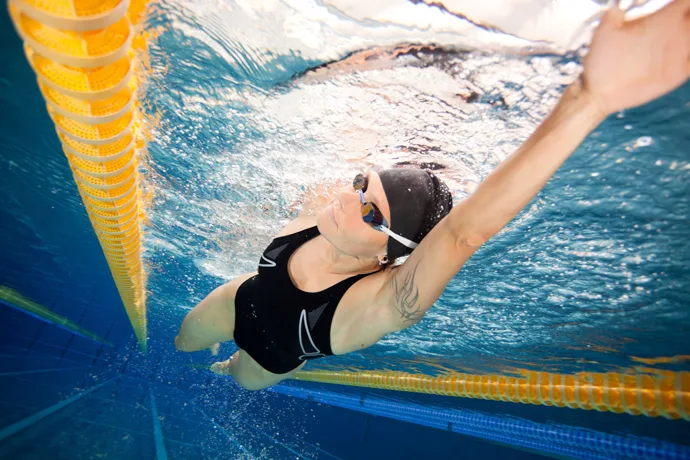
1. Use a Neutral Head Position
Keep your head in line with the rest of your body, and look directly at the bottom of the pool.
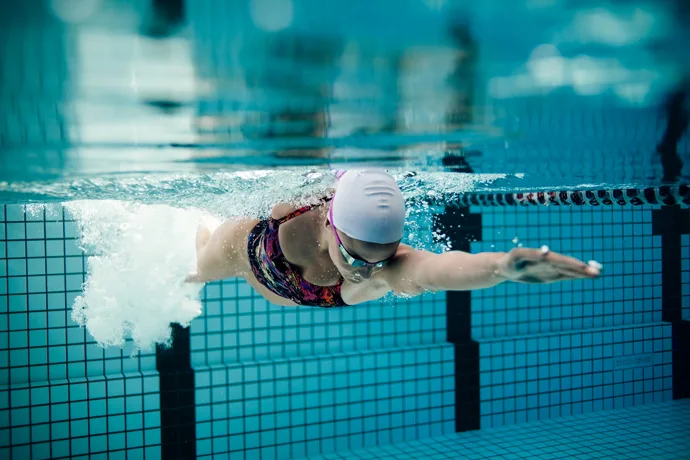
When swimming freestyle, many people tend to look forward rather than down. The problem with this approach is that it can cause the legs and hips to sink.
As a result, you have to kick harder to keep your legs up, which causes you to get tired and out of breath faster.
In addition, continuously looking forward in this position can strain the neck in the long run.
2. Press Your Buoy
The key to maintaining a good balance in freestyle, in which your body is horizontal and your legs do not sink, is to learn how to press your buoy.
By saying, “press the buoy,” we mean that in the water, you push your chest down a little at all times.
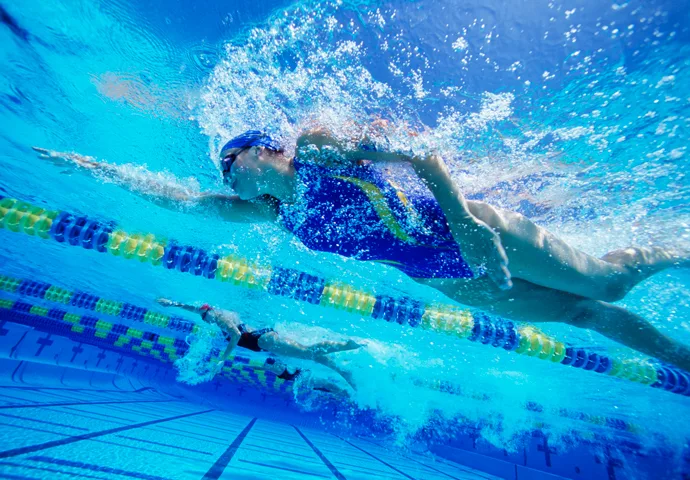
Imagine your body is a seesaw. The fulcrum is between the navel and the groin.
Your upper body represents one end of the seesaw, with the air-filled lungs acting as a buoy. Your legs represent the other end of the seesaw.
If you push your chest down a little bit, your body turns at the pivot point, and your hips and legs move upwards.
Learning this swimming technique is often a major breakthrough because it allows you to keep your legs up without effort. This allows you to concentrate on other aspects of your stroke.
I know triathletes who are good at running and cycling but are weak swimmers because they have not learned this technique.
3. Do Not Lift Your Head to Breathe
Do not lift your head forward before turning to the side to breathe. This common mistake causes your hips and legs to drop.
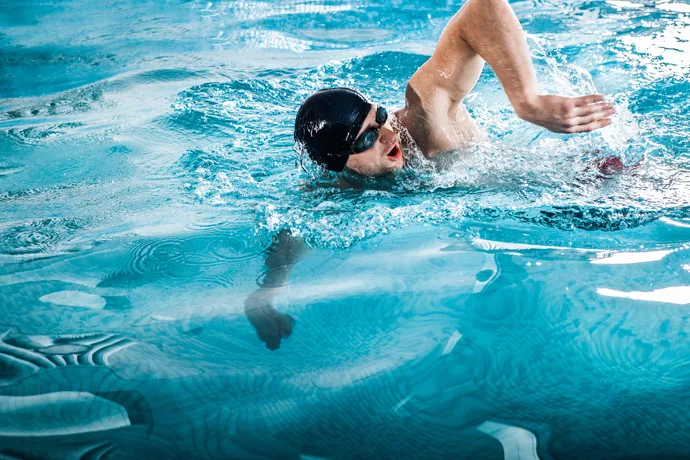
Instead, roll to the side and simultaneously turn your head a bit further so that your mouth leaves the water.
This should feel like your head is resting on the surface of the water, and then you turn it to the side to breathe.
Ideally, you should have one eye above and one eye below the water surface when you breathe. However, being able to do this requires time and practice.
4. Swim on Your Sides
Roll your body from side to side over the stroke cycle.
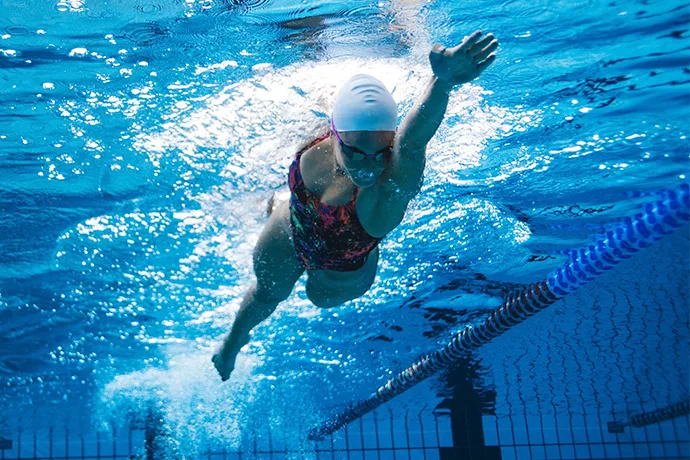
If you roll from one side to the other in this way, instead of swimming “flat,” you can activate the larger back muscles in addition to the shoulder muscles, which provides additional power to your arm stroke.
5. Exhale in the Water
To develop an effective freestyle stroke, you need to exhale continuously while your face is in the water so that your lungs are almost empty when you turn to the side to inhale.
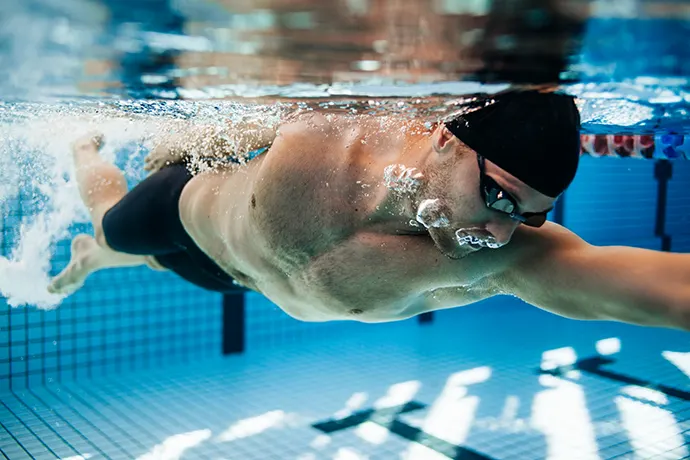
The reason for this is that the amount of time the mouth is above water is too short for you to inhale and exhale.
By exhaling continuously, you also remain more relaxed than when you hold your breath.
6. Use a High-Elbow Position
Use a high-elbow position at the beginning of the arm stroke.
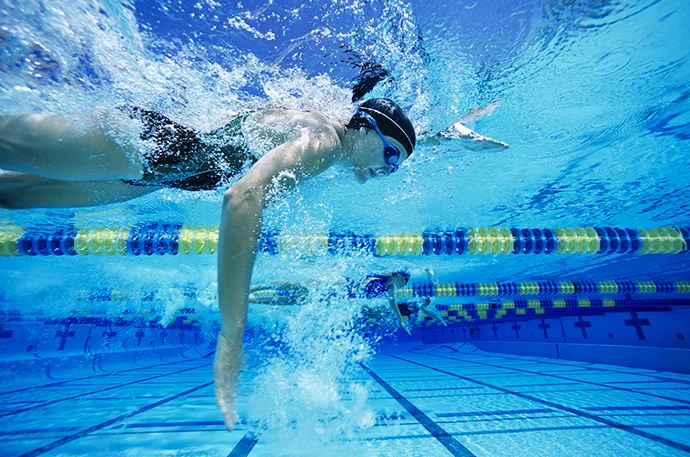
The high elbow position consists of keeping the elbow high in the water at the beginning of the arm stroke, bending it, and bringing it outward so that the forearm moves into a vertical position.
The forearm and the palm are then facing backward, and the swimmer can push back against the water with maximum efficiency.
7. Do Not Reach Too Far with Your Recovering Arm
As you recover your arm above the water, do not extend it all the way forward, only to drop it into the water at once.
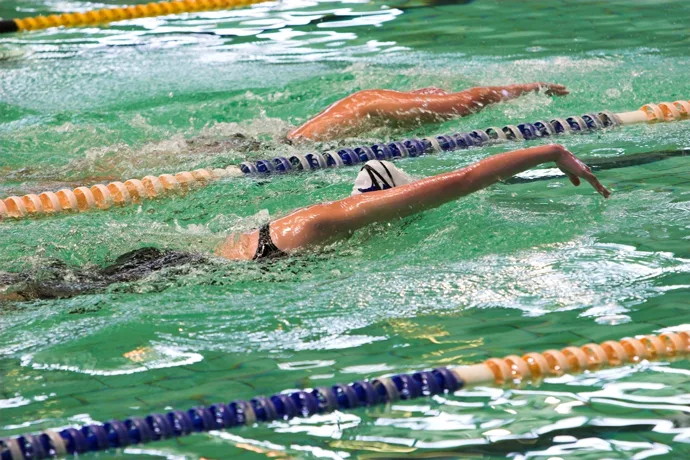
Doing this is a bad idea for two reasons:
- First, it creates turbulence in the water and additional drag.
- Second, it can cause shoulder impingement and tendonitis after a while, a condition known as swimmer’s shoulder.
You should, therefore, slide your hand into the water earlier, for example, at half the distance of a fully extended arm. Then extend your arm further underwater.
8. Use a Two-Beat Kick for Long-Distance Swimming
The use of a relaxed two-beat kick is ideal for long-distance swimming, as it saves energy.
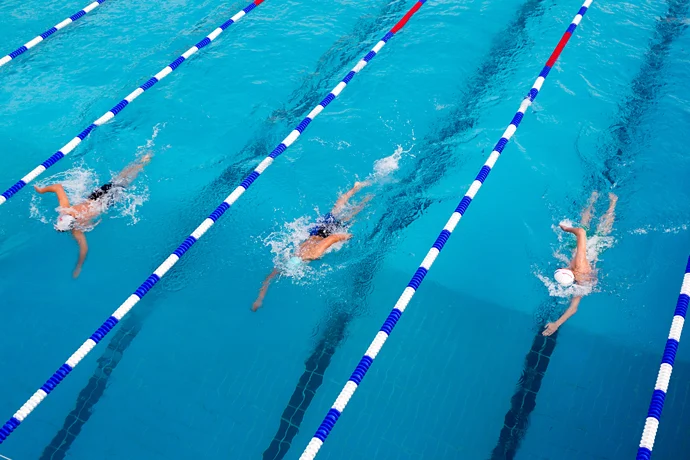
It also makes sense to use a two-beat kick to learn the front crawl stroke, because as you need less oxygen, breathing is easier, and therefore, you can be more relaxed than if you were using a six-beat kick.
On the other hand, a six-beat kick is better for short sprint races because it provides more propulsion and allows you to swim faster.
The downside is that your large leg muscles use a lot of oxygen, and you will be out of breath more quickly.
With a two-beat kick, you kick once with each leg during the entire stroke cycle for a total of two kicks. This means that your arm strokes and kicks are executed in the same rhythm.
On the other hand, with a six-beat kick, you kick three times with each leg during the entire stroke cycle for a total of six kicks. As a consequence, your kicking movements are executed much faster than those of your arms.
9. Do not Push Water Forward
When extending your arm forward underwater during recovery, make sure to keep your hand flat and parallel to the water surface with your palm facing down.
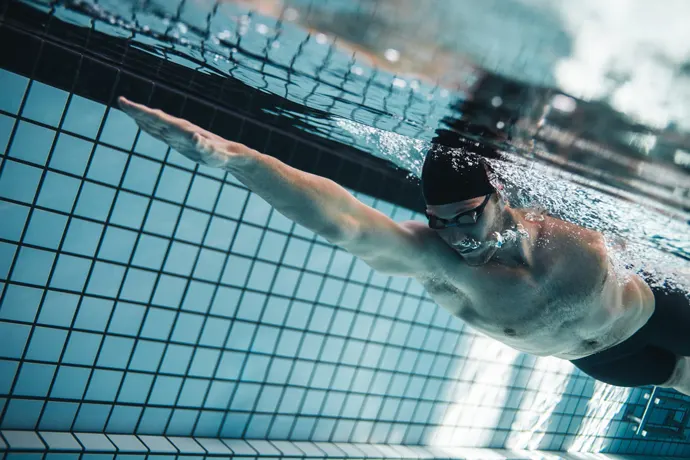
A common mistake of freestyle swimmers is to bend their hands upwards in the water at the end of the arm recovery. When they do this, they push water forward and thereby slow themselves down.
This mistake is sometimes called Putting on the Brakes.
10. Using a Nose Clip is Fine
When learning the freestyle, using a nose clip can help keep water out of your nose.
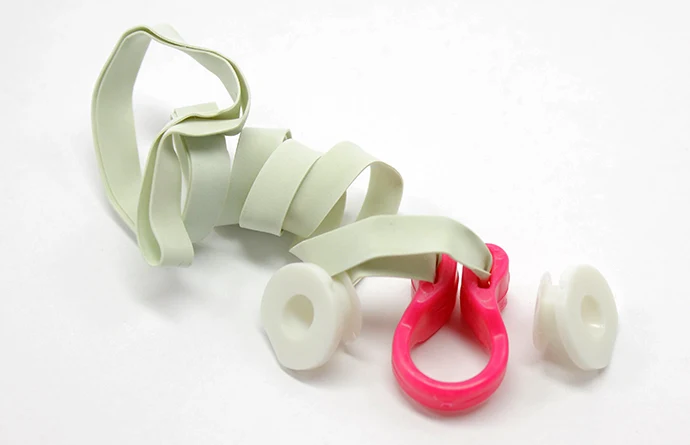
If you don’t have to worry about getting water up your nose, you can be more relaxed when doing swimming exercises. This, in turn, accelerates your progress.
After a few months, once you have mastered the basics of freestyle, you can wean yourself off the nose clip.
For example, I used a nose clip for a year when I learned to swim freestyle, which helped a lot.
Conclusion
I hope that the swimming tips mentioned above will help you improve your freestyle swimming technique.
While some of these suggestions can be implemented immediately, for others, it may take some time before they can be put into practice. But it doesn’t hurt to give them a try.
Good luck, and have fun!

Simon
Saturday 27th of August 2022
This is a really helpful article. I've bookmarked this page and keep revisiting the more and more I swim. It is definitely helping me improve my swimming. Many thanks
Brian
Sunday 29th of May 2022
I am 73 and have been swimming for several years and have found it to be excellent for cardio but my leg strength has decreased to the point that I have now moved back into the gym to improve my leg strength. I originally thought that swimming would be great for my leg strength but for me I found it just the opposite. Am I doing something wrong as I mainly freestyle swim and any suggestions on building leg strength while swimming? Thanks
Christophe
Tuesday 14th of June 2022
Hi Brian,
In my opinion, swimming builds muscular and cardiovascular endurance rather than strength, so I'm not surprised by your experience.
I think you did the right thing by going back to the gym to strengthen your legs.
Best regards,
Christophe
Prabhakar Dange
Tuesday 2nd of February 2021
Very very good information
talon
Wednesday 27th of May 2020
I really like swimming
Devyn
Wednesday 19th of February 2020
thank you